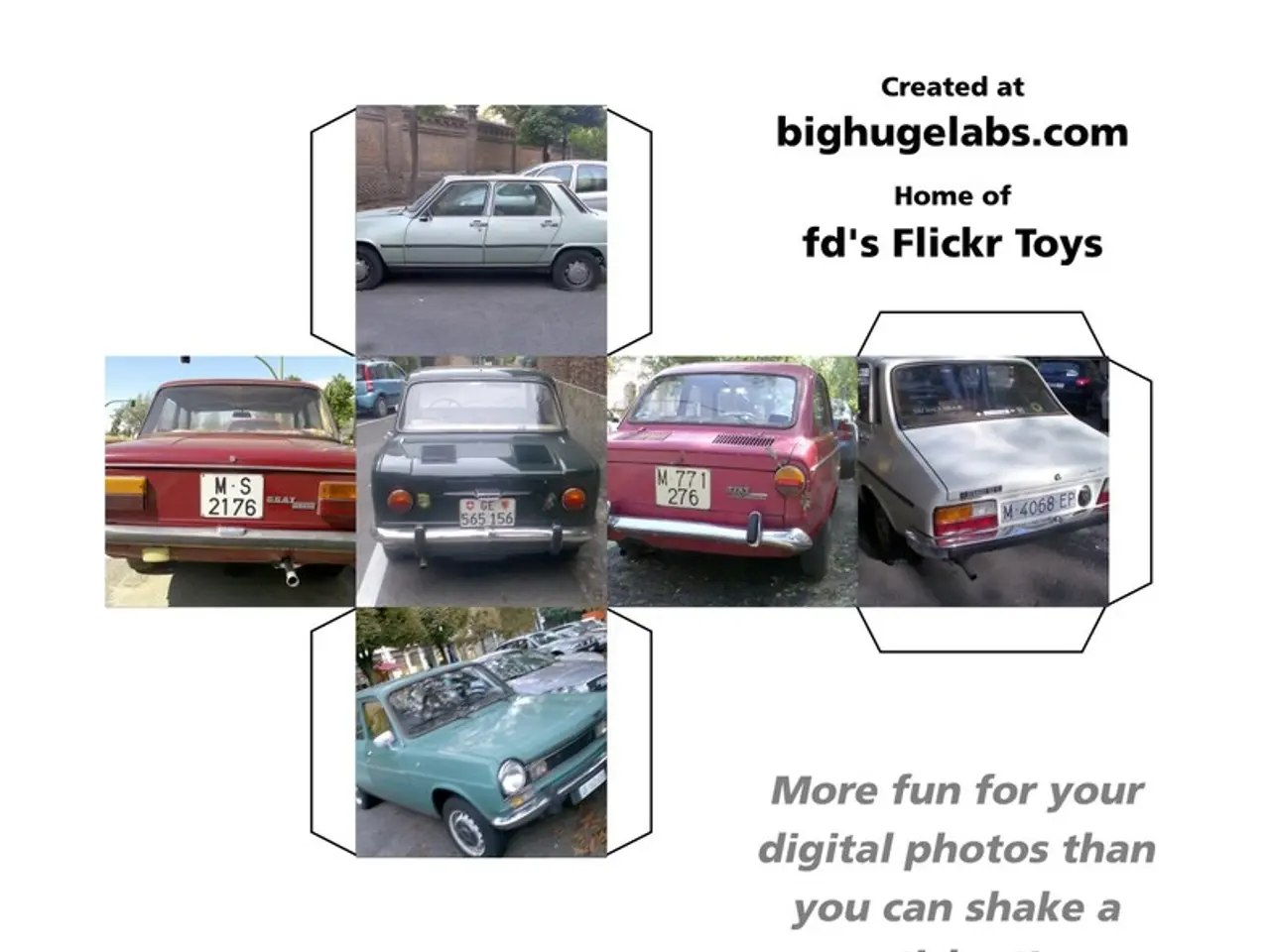Exploration of the Impact of Drivers' Emotional State on Various Road Types and Driving Situations
In a groundbreaking study, researchers have harnessed the power of Facial-Expression Analysis (FEA) to delve into the emotional experiences of drivers and passengers in various road conditions. This emerging tool, integral to human-centered design, has the potential to transform the automotive industry, making vehicles smarter, safer, and more emotionally attuned.
The research, conducted on a road circuit with varying road types and conditions, involved 21 university students and staff in a real-time test. Over an average driving time of 40 minutes per participant, data collection included facial-expression data and video information from two in-car cameras.
FEA's key contributions include objective emotional detection, continuous valence and arousal tracking, and contextual emotional insights. By analysing facial features such as eyebrow position, eye openness, and teeth visibility, FEA can pinpoint nuanced emotions like stress, fatigue, distraction, or amusement while driving. Advanced models also assign continuous scores reflecting the positivity and intensity of expressions, enabling fine-grained analysis of occupants’ emotional dynamics.
By correlating facial expressions with specific road types and driving conditions, researchers can identify how different scenarios influence emotional states and behaviours. For instance, the study found that emotional responses during driving can be significantly influenced by road conditions and navigation issues. The causes most frequently assigned to emotional responses in the dataset were poor road conditions and issues related to the navigation device.
Moreover, the research findings reveal that emotion frequencies vary between different road types. Urban roads showed a percentage difference of -6.09% below the total average, major roads showed a +11.15% above average, and rural roads showed a +4.88% above average. These insights support tailored interventions in vehicle design, such as adaptive alerts or cabin environment adjustments, to mitigate negative emotions and promote safer driving.
FEA is increasingly integrated into intelligent emotion recognition and regulation systems that monitor driver states in real time, detecting drowsiness, distraction, intoxication, or stress. These systems can then trigger appropriate responses, improving driver safety and comfort by aligning vehicle behaviour with human emotional needs.
The study presents the first step of a human-centered design approach towards modern automotive design, with wide applications in automotive design, such as in the development of an affective human-machine interaction or a personalized autonomous driving experience. As the automotive sector undergoes dramatic changes due to technological advancements and sociological progress, the human-centered design approach is being employed to address these changes, ensuring that vehicles evolve to better meet the needs and emotions of their occupants.
In summary, Facial-Expression Analysis serves as a foundational technology in automotive research for human-centered design by enabling precise, context-aware understanding of occupants’ emotions and behaviours across diverse driving conditions. This empowers the creation of smarter, safer, and more emotionally attuned vehicle systems.
- The study's findings suggest that the automotive industry, with its focus on safety and human-centered design, could significantly benefit from the integration of Facial-Expression Analysis (FEA) technology.
- By analyzing drivers' and passengers' facial expressions during varying road conditions, FEA could potentially contribute to the finance sector by reducing accidents and related insurance claims.
- As FEA becomes more advanced, it may also find applications in the health-and-wellness industry, offering insights into the mental and emotional well-being of individuals during transportation.
- In the realm of science and technology, FEA's ability to track emotions could be a valuable tool in research related to fitness-and-exercise, as it could provide insights into the emotional responses to physical exertion during travel.




